Cells as the Basis of Life
1/61
Name | Mastery | Learn | Test | Matching | Spaced |
|---|
No study sessions yet.
62 Terms
Requirements of a Living Thing
Can maintain homeostasis.
Can reproduce.
Can grow and develop.
Can use energy from its surroundings.
Can respond to stimuli.
Can adapt to its environment (as a population).
Cell
Smallest independent unit of life.
Cell Theory
All living things are made of one or more cells.
Cells carry out the life processes of organisms.
All cells are derived from other cells.
Cell Membrane Function
Separates cell cytoplasm from surroundings.
Controls the exchange of materials, including nutrients and wastes, between the cell and its environment.
Provides attachment sites for cytoskeleton.
Fluid Mosaic Model of Cell Membrane
Phospholipid bilayer.
Proteins.
Cholesterol.
Selectively permeable.
Phospholipid
Hydrophilic heads face outwards, are polar.
Hydrophobic tails face inwards, are non-polar.
Cholesterol in Cell Membrane
At high temperatures prevents membrane from becoming too fluid (melting).
At low temperatures prevents membrane from becoming too solid (freezing).
Proteins in Cell Membrane
Transport substances.
Facilitate signalling through membrane.
Cell-cell recognition.
Intercellular joining.
Prokaryotes
Bacteria.
Contain ribosomes.
One circular chromosome (can have plasmids).
No nucleus or other membrane-bound organelles.
Most have cell wall.
Smaller than eukaryotic cells.
Only exist as singe cells.
Eukaryotes
Protists, fungi, plants, animals.
Contain membrane-bound organelles (nucleus, mitochondria, chloroplasts, vacuole, Golgi body, endoplasmic reticulum).
Contain ribosomes.
Only plants and fungi have cell wall.
Larger than prokaryotic cells.
Organelle
Specialised structure within a cell that performs a specific function.
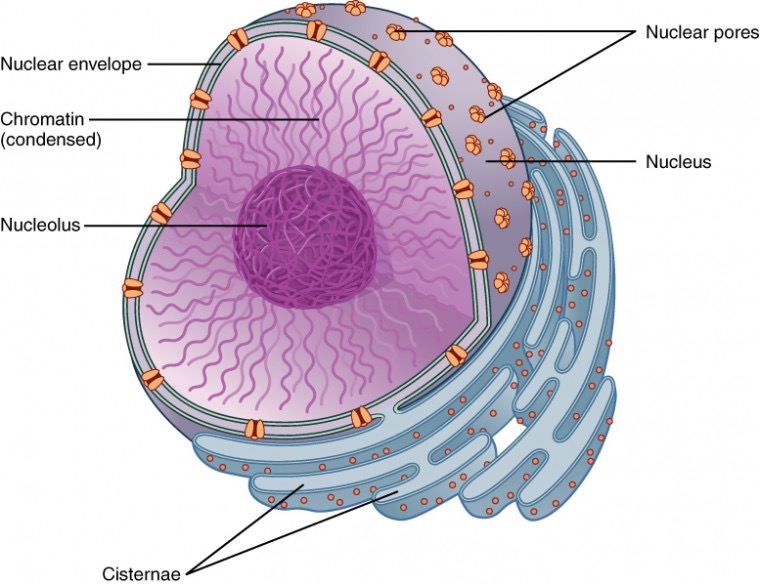
Nucleus
Double membrane (nuclear envelope) with nuclear pores.
Contains chromosomes.
Contains nucleolus.
Outer membrane connects to rough ER.
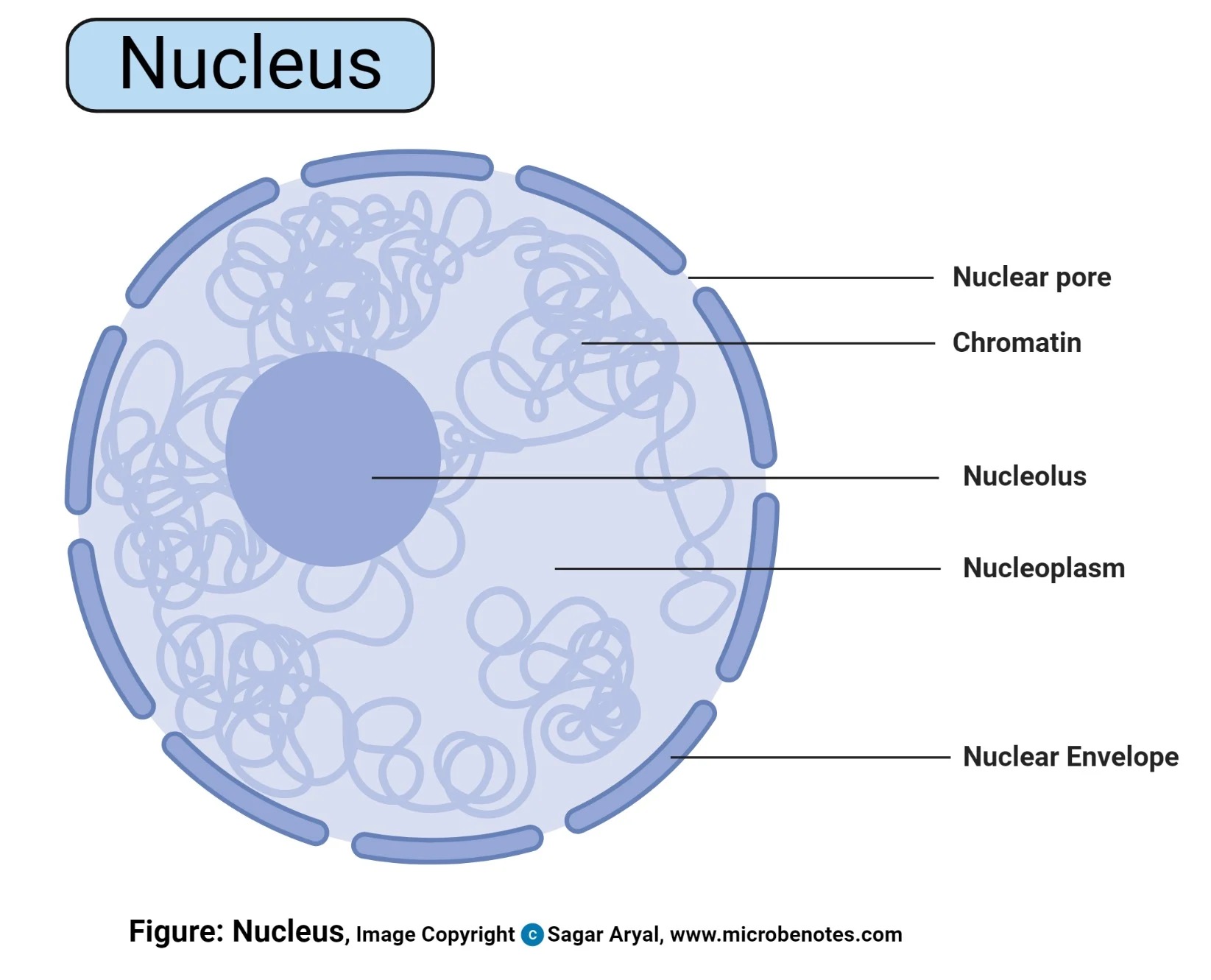
Nucleolus
Non-membrane bound structure within nucleus of eukaryotic cells.
Where ribosomal RNA is transcribed and ribosomal subunits are assembled.

Mitochondrion
Final stages of aerobic respiration.
Independently grows and reproduces inside cell.
Has outer and inner membranes, inner membrane is folded.
Has its own circular DNA.
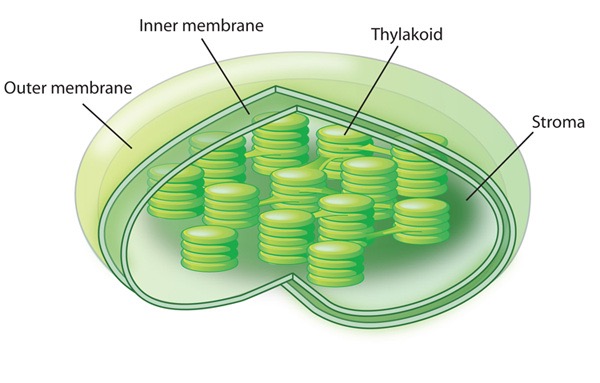
Chloroplast
Site of photosynthesis in eukaryotic cells.
Has its own circular DNA.
Enclosed by double membrane.
Independently grows and reproduces inside cell.

Vacuole
Fluid filled space bounded by membrane.
Can be used for molecular and ion storage, structural support, waste storage.
Mature plants have large central vacuole.

Golgi Body (Including Vesicles)
Site of manufacture, collection, packaging, modification, storage, and distribution of molecules within and outside cell.
Composed of flattened membranous sacs.
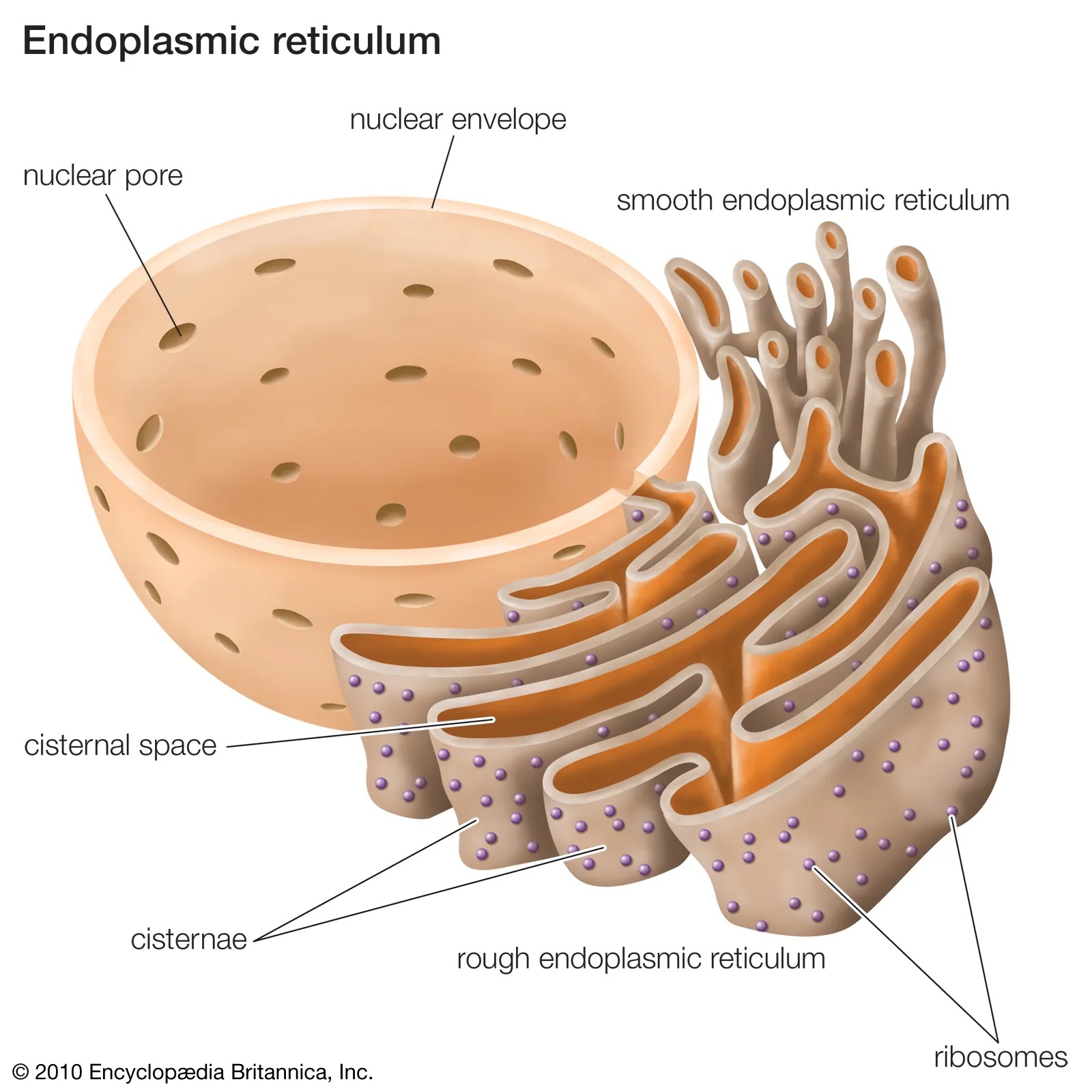
Endoplasmic Reticulum
Network of membranous tubules and sacs.
Channels molecules through cell interior.
Two connected regions.
Rough ER:
Membrane factory.
Site of protein synthesis (due to ribosomes attached), modification, and secretion.
Smooth ER:
Diverse metabolic processes.
Enzymes synthesise lipids (including hormones).
Other enzymes help detoxify drugs and poisons.

Ribosome
Site of protein synthesis.
Composed of 2 subunits.
Located ‘free’ in cytoplasm and ‘bound’ to outside of rough ER and nuclear envelope.
Also found in mitochondria and chloroplasts.
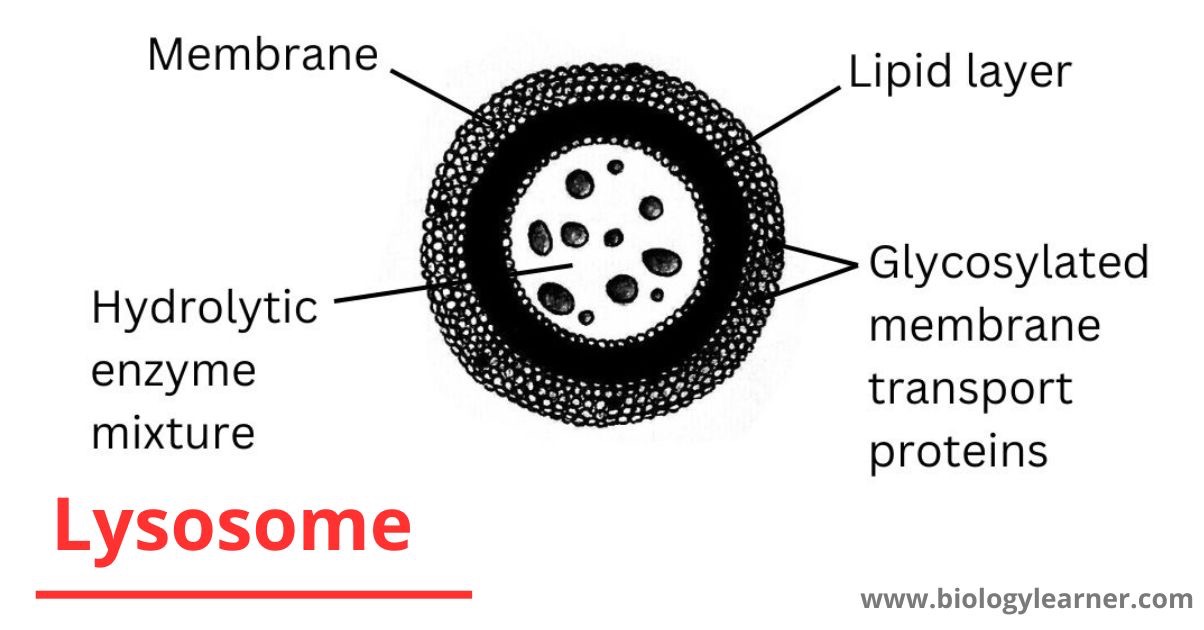
Lysosome
Small specific vacuoles in animal cells that contain enzymes for intracellular digestion/recycling.
Fluid-filled membranous space.
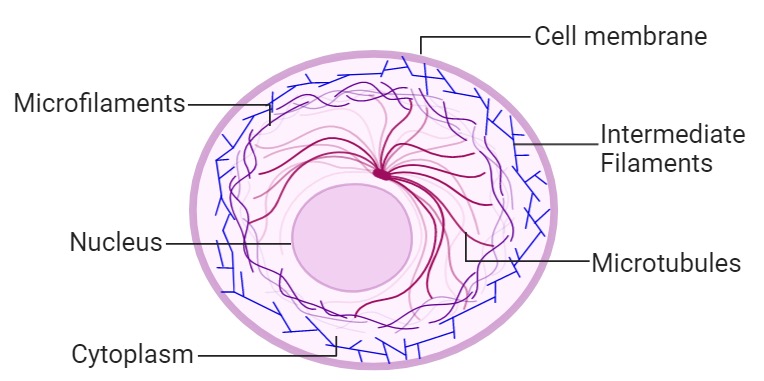
Cytoskeleton
Network of different protein fibres.
Maintains and changes cell shape and cell movement.
Provides anchorage and facilitates movement of organelles and chromosomes during cell division.
Features Specific to Plant, Animal and Fungal Cells
Plant Cells:
Cellulose cell wall.
Central vacuole.
Chloroplasts.
Animal Cells:
Lysosomes.
Centrioles.
No cell wall.
No chloroplasts.
Fungal Cells:
Chitin cell wall.
Central vacuole.
No chloroplasts.
Autotrophs (Producers)
Produce organic molecules that store chemical energy from inorganic substances (e.g. CO2, H2O), usually by photosynthesis.
Outputs:
Oxygen.
Organic molecules.
Waste products.
Heterotrophs (Consumers)
Obtain organic molecules that store chemical energy from consuming other organisms.
Outputs:
Waste products.
Heat.
Energy.
Glucose
Organic molecule that stores chemical energy.
Photosynthesis
Converts light into chemical potential energy. In eukaryotic cells this occurs in chloroplasts.
Photosynthesis Equation
6CO2 + 6H2O —> C6H12O6 + 6O2
Carbon Dioxide + Water —> Glucose + Oxygen
(Include ‘light’ above arrow and ‘chlorophyll’ below.)
Cellular Respiration
Organic molecules accumulated by cells, through either photosynthesis other consuming organic matter, contains potential energy in the chemical bonds between atoms.
The energy required to break these bonds is less than the energy produced when the bonds in carbon dioxide and water are formed.
Cells can release and use this energy by breaking down complex molecules into simple compounds.
The energy is temporarily stored in ATP molecules and some is always released as heat.
Two types of cellular respiration, aerobic respiration and fermentation.
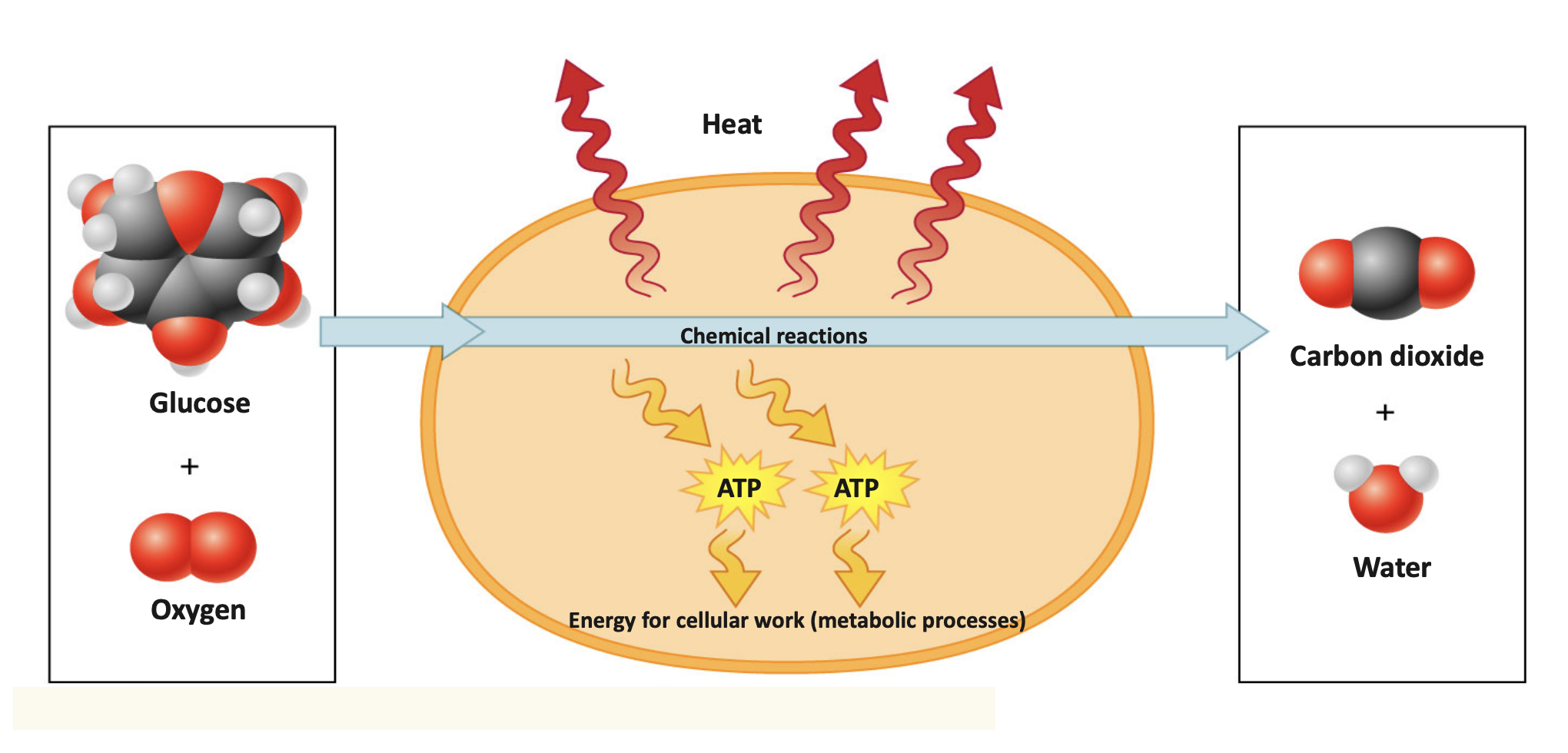
Aerobic Respiration
Uses oxygen to break down glucose.
Process starts in cytosol and ends in mitochondria.
Aerobic Respiration Formula
C6H12O6 + 6O2 —> 6CO2 + 6H2O
Glucose + Oxygen —> Carbon Dioxide + Water
Fermentation
Anaerobic, does not use oxygen.
Occurs in the cytosol only.
Much smaller production of ATP.
Fermentation Formulas
Lactic acid fermentation (animals, some prokaryotes):
C6H12O6 —> 2C3H6O3
Alcohol fermentation (plants, yeasts, some prokaryotes):
C6H12O6 —> 2C2H5OH + 2CO2
Reasons for Step-By-Step Metabolism
Small steps release small quantities of energy that can be trapped in ATP.
Cell can use numerous different enzymes, and thus have numerous different ways to control the pathway.
Large steps would produce unfavourable conditions, such as high heat and acidity.
Numerous small steps provide useful intermediate compounds for other metabolic processes.
Endergonic Reactions
Require input of energy from surroundings.
Produce products that contain more potential energy than their reactants.
Example is photosynthesis.
Exergonic Reactions
Release energy.
Produce products that contain less potential energy than their reactants.
Example is cellular respiration.
ATP-ADP Cycle
Phosphate molecule is broken from ATP to produce energy for cells, leaving ADP molecule. This reaction is exergonic.
Energy from the breaking down of complex molecules is used along with a phosphate molecule to convert ADP back to ATP. This reaction is endergonic.

Adenosine Triphosphate (ATP)
RNA nucleotide.
Consists of adenine, ribose, and 3 phosphate groups.
Is broken down to release energy.
Adenosine Diphosphate (ADP)
RNA nucleotide.
Consists of adenine, ribose, and 2 phosphate groups.
Diffusion
The net movement of material from an area of high concentration to an area of low concentration.
Type of passive transport.
Material moves down the concentration gradient.
Requires no input of energy.
When a substance is equally distributed on either side of the cell membrane it has reached equilibrium.
Gases, hydrophobic molecules, and small polar molecules can diffuse.
Large polar molecules and charged molecules cannot diffuse.
Facilitated Diffusion
Molecules that cannot easily diffuse through cell membrane diffuse down the concentration gradient through channel proteins or carrier/transport proteins.
Type of passive transport.
Osmosis
Net movement of water across a semi-permeable membrane towards a region of higher solute concentration.
Type of passive transport, and a type of diffusion.
Hypotonic solution there is lower solute concentration outside cell, animal cells become lysed and plant cells become turgid.
Isotonic solution there is equal solute concentration inside and outside cell, animal and plant cells are normal.
Hypertonic there is higher solute concentration outside cell, animal cells become shrivelled and plant cells become flaccid.
Active Transport
Occurs when cells need to transport material against concentration gradient.
Requires input of energy.
Includes bulk transport, which covers both exocytosis and endocytosis.
Endocytosis
Importing of molecules and other matter by formation of new vesicles from plasma membrane.
Requires an input of energy.
Exocytosis
Secretion of molecules by the fusion of vesicles with the plasma membrane, from transport vesicles that have budded off from the Golgi body.
Requires an input of energy.
Transport Proteins
Part of facilitated diffusion.
Change shape as a result of a specific solute binding to the protein, allowing it to pass through the cell membrane.
Channel Proteins
Part of facilitated diffusion.
Provide a corridor for a specific molecule or ion.
Include aquaporins, used to facilitate movement of water.
Factors that Affect Movement Across Membranes
Concentration gradient:
The bigger the difference between the two sides of the membrane the quicker the diffusion.
Temperature:
Higher temperatures give molecules or ions more energy, molecules move around faster so diffusion is faster.
Surface area to volume ratio:
The greater the surface area, the faster diffusion can occur.
The smaller the volume, the faster diffusion can occur.
Type of molecule or ion diffusing:
Large molecules need more energy and therefore diffuse slower.
Non-polar diffuse more easily than polar as they are soluble in the non-polar phospholipid tails.
Binary Fission
Prokaryotic cell division.
Circular chromosome is copied (DNA replication).
Each chromosome attaches to cell membrane at opposite ends of cell.
Cell extends, pulling the two chromosomes apart.
Cell divides into two daughter cells (with identical DNA to parent cell).
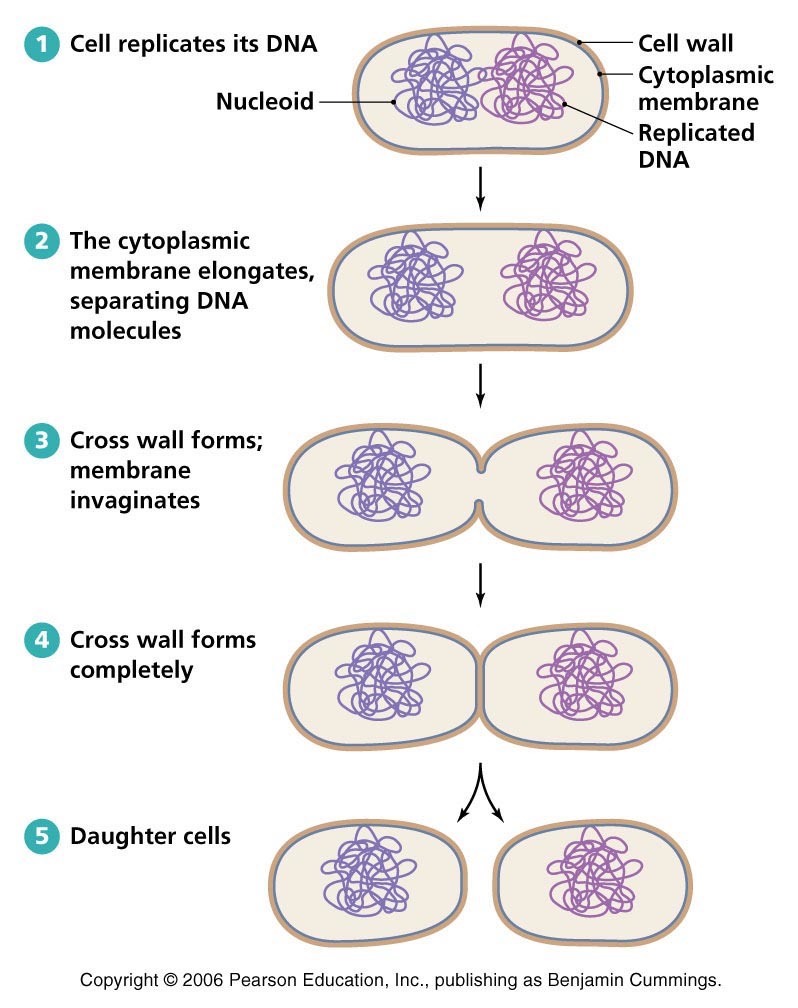
Cell Cycle
Interphase
Growth and DNA replication.
Separated into G1 (growth of organelles and cell membrane), S (synthesis / DNA replication), and G2 (more growth, preparing for mitosis).
Mitotic phase
Mitosis (division of nucleus/DNA).
Cytokinesis (division of cytoplasm).
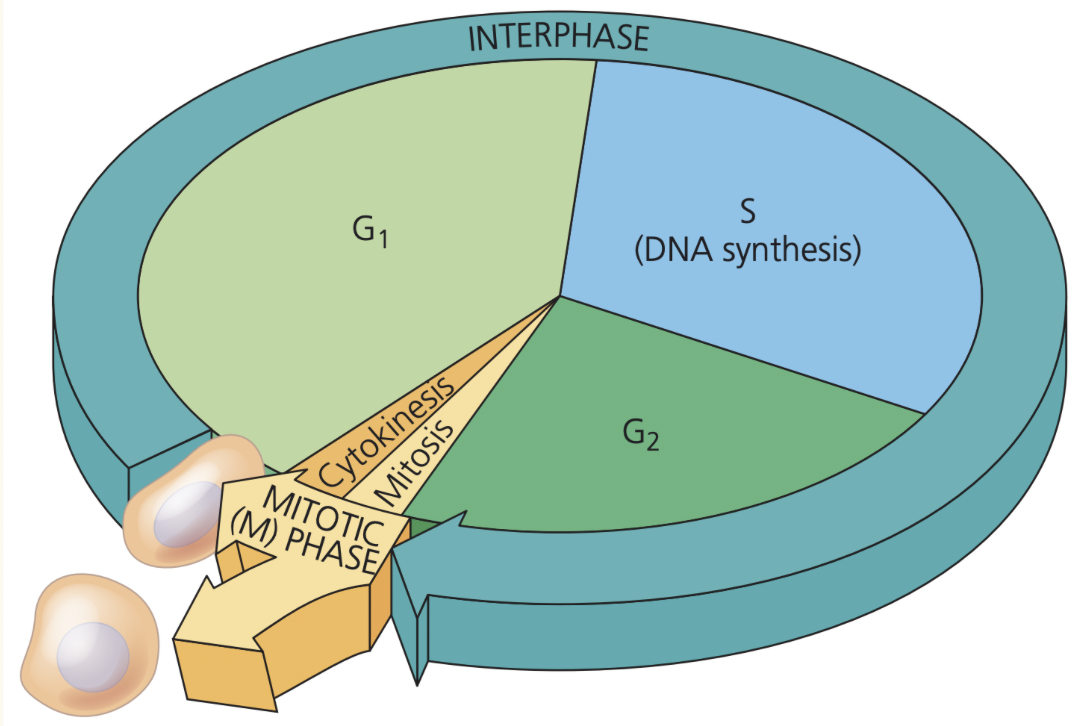
Eukaryotic vs. Prokaryotic Cell Division
Eukaryotic:
Mitosis (asexual reproduction) or meiosis (sexual reproduction).
Prokaryotic:
Binary fission.
Mitosis
Occurs in somatic cells, and produces two genetically identical daughter somatic cells.
G2 Stage of Interphase
Last stage before mitosis, nuclear envelope is intact, uncondensed chromatin with replicated DNA.
Prophase
Nuclear envelope disintegrates, chromatin condenses into distinct chromosomes with sister chromatids, centrosomes move to opposite ends of cell and microtubules begins to grow from centrosomes.
Metaphase
Nuclear envelope has now disappeared, chromosomes align across the middle plane of cell, microtubules attach to chromosomes via centrosomes.
Anaphase
Pulling apart of chromosomes.
Telophase
Two daughter nuclei form with nuclear envelopes, chromosomes become less condense, division of cytoplasm begins.
Cytokinesis
Not part of mitosis, however two processes overlap. Division of cytoplasm and formation of two seperate cells, DNA in the form of uncondensed chromatin.
Cell Cycle Regulation
Specific molecules in cytoplasm determine if cell can pass checkpoint in cell cycle.
Internal signals:
Report whether crucial cellular processes that should have occurred at that checkpoint have actually occurred.
Cell produces gene products that regulate cell cycle.
External signals:
Report whether crucial environmental conditions are present at that checkpoint.
Anchorage dependence - normal cells only divide if anchored to a surface.
Density-dependent inhibition - normal cells stop dividing when crowded.
Cells will not divide if an essential nutrient is not present.
Interference of Cell Cycle Regulation
Carcinogens cause mutations by changing the nucleotide sequence in DNA.
Mutations in cell DNA can be passed to daughter cells, and can result in formation of faulty proteins.
If these proteins are involved in cell cycle regulation, cell division can go unchecked and divide uncontrollably.
Cancer cells divide uncontrollably due to checkpoints not functioning and not requiring growth factors to proceed in cell cycle, or uncontrolled synthesis of growth factors allowing passage through checkpoints.
Haploid
Gametes (sperm or egg cells) contain half the number of chromosomes (23). This is called the haploid number (n).
Diploid
Somatic cells (body cells) contain the chromosomes from both sperm and egg (46). This is called the diploid number (2n).
Meiosis
Occurs in somatic cells, and produces four daughter gametes that contain half the parent cell’s chromosomes.
Meiosis I - homologous chromosomes (like two chromosomes stuck together) separate into different cells. Forms two haploid cells with chromosomes that have two sister chromatids.
Meiosis II - each chromosome separates its sister chromosomes into different cells (like mitosis).

Genetic Variation Resulting from Sexual Reproduction
Genetic variation from meiosis is due to independent assortment and crossing over.
Independent assortment:
When homologous pairs line up during meiosis I they do it randomly. Each pair lines up in an orientation independent of the other pairs. Results in gametes with some chromosomes from the mother mixed with some from the father.
Crossing over:
During meiosis I, homologous chromosomes pair up and non-sister chromatids exchange segments of DNA. Results in mixture of maternal and paternal genetic information on each chromatid.
Fertilisation
Gametes fuse during fertilisation to form a zygote, restoring the diploid number.
Cell Culture Conditions
Sterile environment.
Suitable growth medium.
Suitable pH.
Suitable constant temperature.
Oxygen.
Essential nutrients.
Hormones / growth factors.
Uses of Cell Culture
Biotechnology.
Testing for mutagenic substances.
Researching biochemical processes.
Testing novel medicines.
Tissue growth from stem cells.
Creating clones.
Limitations of Cell Culture
Models lack physiological relevance, cell poorly mimics the complexity of human tissues, organs, and systems, therefore may not accurately reflect true efficiency and side effects.
Large costs.
Time consuming.
Cell Metabolism
All of the chemical reactions that take place inside a cell. Cellular respiration and photosynthesis are a part of this. Types of metabolic pathways are:
Anabolic - small molecules are assembled into large ones, energy is required.
Catabolic - large molecules are broken down into small ones, energy is released.